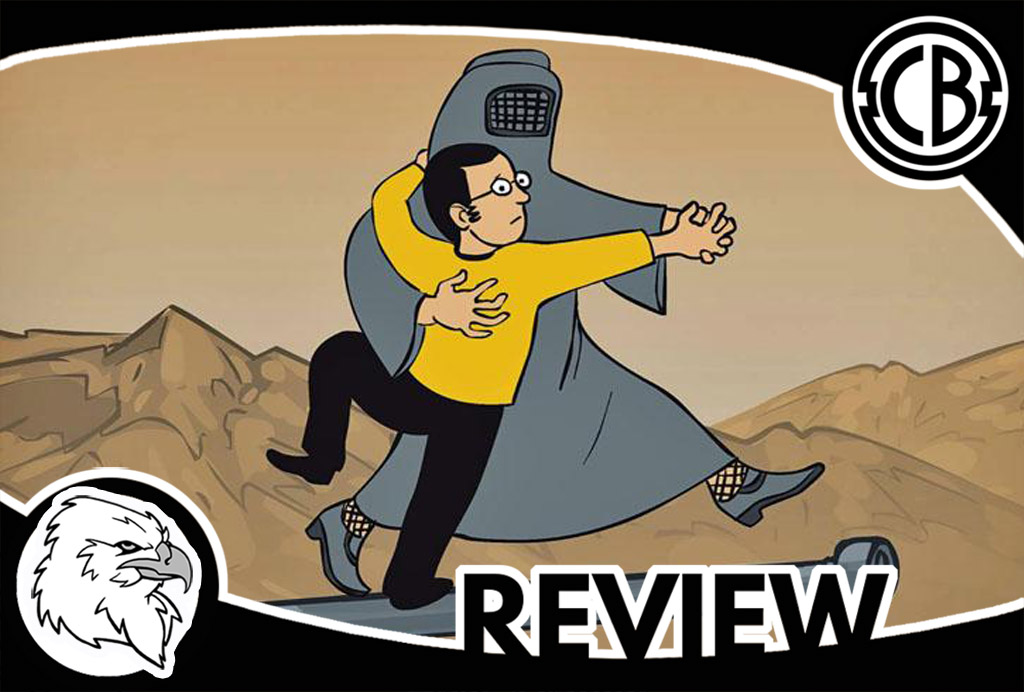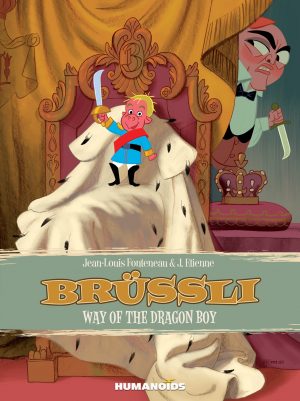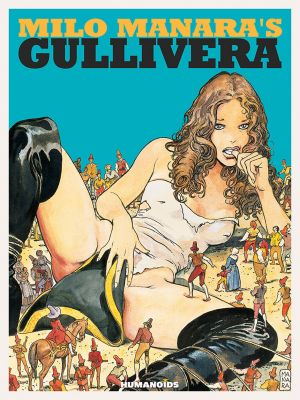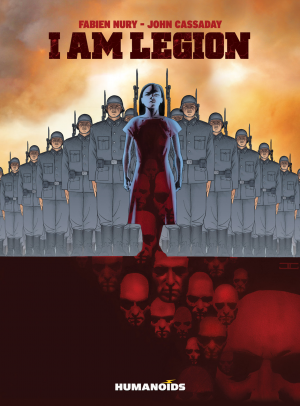Much like Manara’s Gullivera, The Golden Ass loosely based on the literary piece it takes its name. In this case, it’s The Golden Ass of Apuleius. That said, there are two ways to read and enjoy this book. The first is knowing the source material well enough to see what Manara is doing referencing and ultimately changing. The other is the way I read it. As erotica.
Having never read The Golden Ass of Apuleius, all of its inferences were lost on me. Having read The Golden Ass and thus Manara’s take on the story, I would never read the original. After all, how can it possibly stack up to Manara’s version?
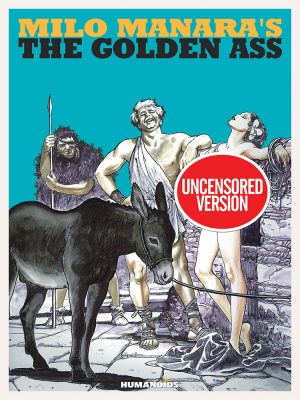 The story if you can’t tell, takes place at the peak of the Roman era which makes it perfect for Manara. The main character dabbles in some witchcraft and instead of being transformed into a bird he’s converted to a… Ass. Like a donkey ass, not like a person that just says some mean shit with no remorse. He must eat roses to transform back and of course, that means he’s not going to be able to do that for some time. He ends up going on all kinds of adventures due to his ass like state, some sexy, some dangerous, plenty of them weird.
The story if you can’t tell, takes place at the peak of the Roman era which makes it perfect for Manara. The main character dabbles in some witchcraft and instead of being transformed into a bird he’s converted to a… Ass. Like a donkey ass, not like a person that just says some mean shit with no remorse. He must eat roses to transform back and of course, that means he’s not going to be able to do that for some time. He ends up going on all kinds of adventures due to his ass like state, some sexy, some dangerous, plenty of them weird.
The Golden Ass is not the strongest of Manara stories. It’s still incredibly enjoyable, but if you’ve read a great deal of his work (which I have) then you might forget to put this one on your list, it’s that forgettable. Personally, I feel it’s due to the story. It is an old tale and told in an ancient style. Even Manara’s attempts at somewhat modernizing it, don’t do enough. In the end, it’s just a dull story without much of a message. Unless the message is, “don’t fuck with magic.” In that case, the message rings true.
The art, of course, is the main reason you should pick it up. Aside from Manara’s marvelous linework, beautiful woman, and gorgeous set pieces; there is a great deal of watercolor done. It’s masterful, to say the least. The bulk of the water coloring is a purplish grey color, but all of the people have flesh tones to make them stand out on the page. There are even more subtleties in the coloring with lipstick and flowers. It’s a story that you don’t technically have to read. Not that it’s not worth reading once, but Manara’s visual storytelling is so compelling that you can understand everything that’s happening without ever reading a word. I almost wish there was an only art version because it might be better.
If this is your first Manara piece of work, that’s okay. Like I’ve said, it’s worth reading even if it’s not his best. It’s still incredibly significant, and I would take it over a lot of other comics that exist on the shelves of bookstores and comic shops. If it’s your first encounter with Manara, then read it and then dive into the rest of his work. You won’t regret it.
[su_box title="Score: 4/5" style="glass" box_color="#8955ab" radius="6"]
Milo Manara’s The Golden Ass
Creator: Milo Manara
Publisher: Humanoids Inc.
Price: $19.95
Format: Oversized Deluxe Hardcover; Print/Digital
[/su_box]


